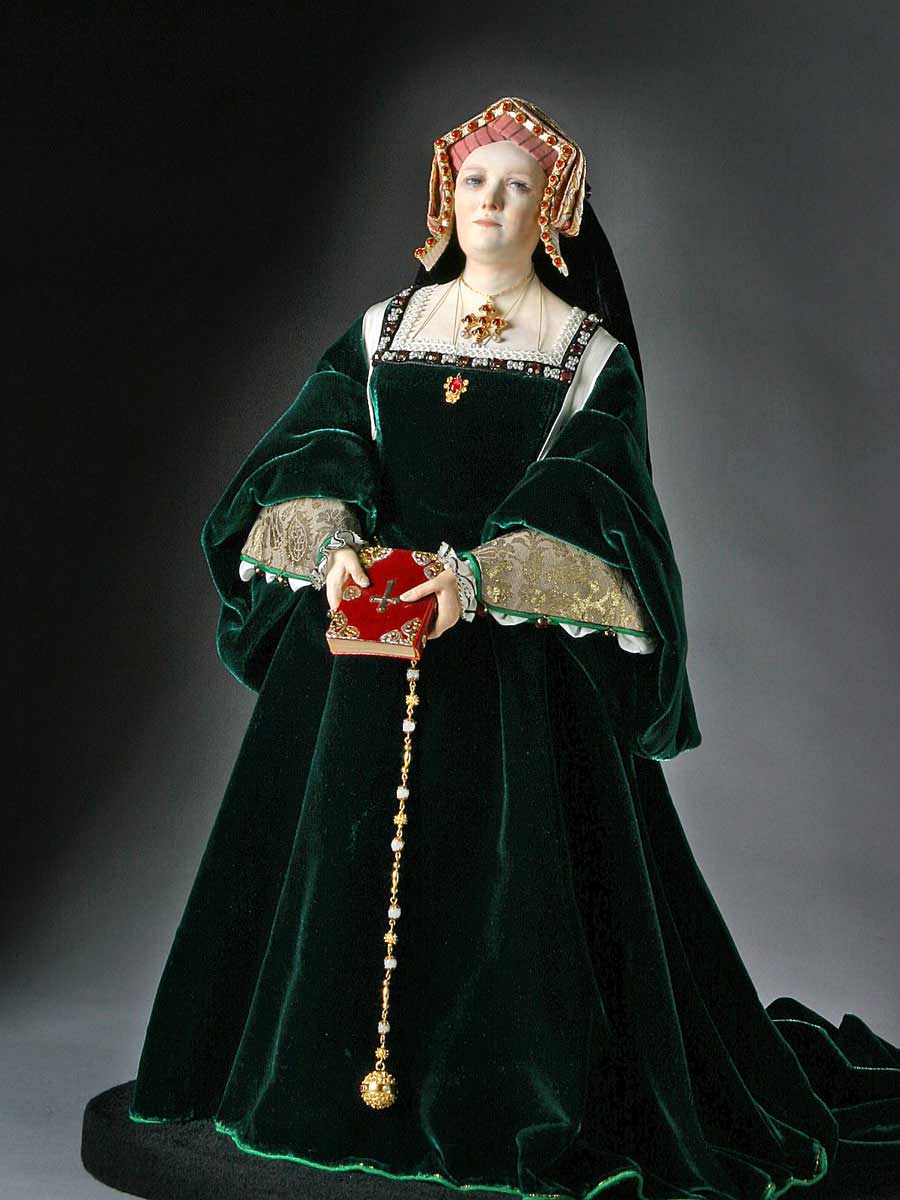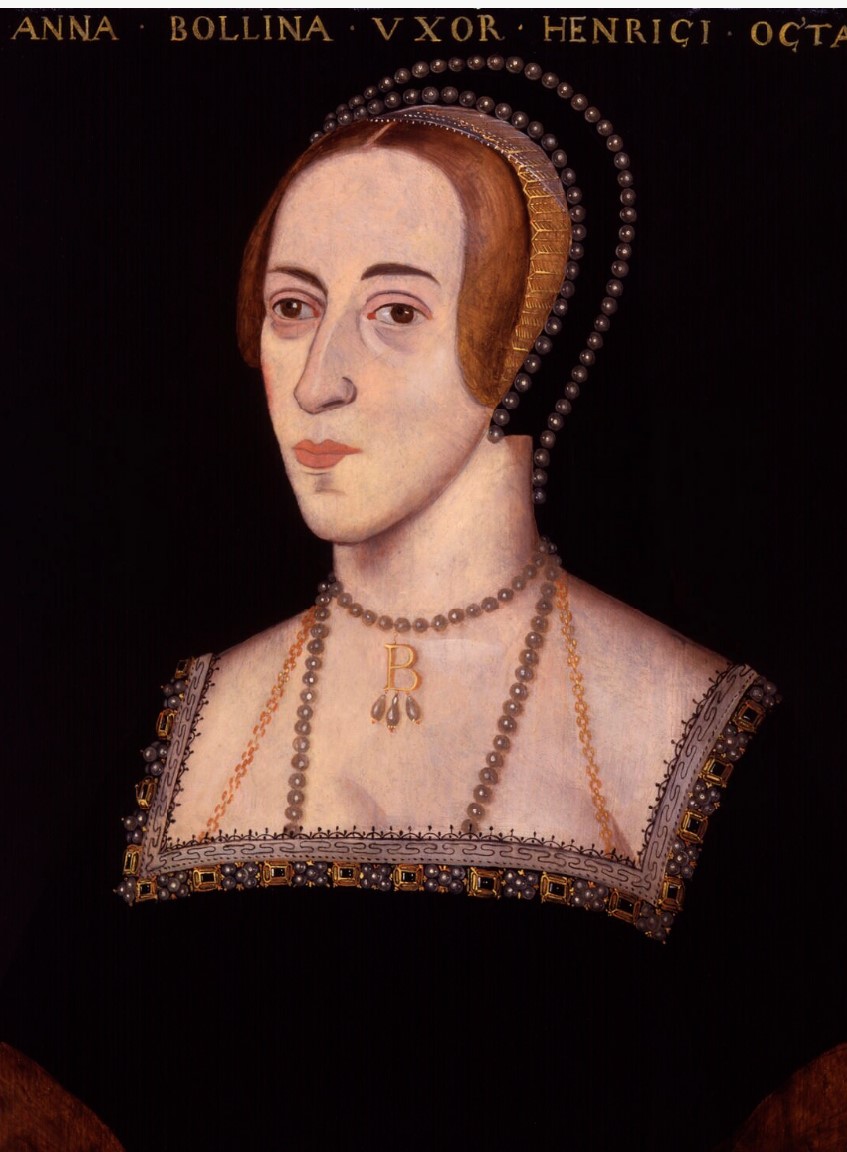Catherine of Aragon

Early Life
Catherine of Aragon was born into Spanish royalty (King Ferdinand II and Isabella of Castile) in 1485. At age three, she was pledged to marry Arhtur, Prince of Wales, Henry VII’s oldest son, and the elder brother of Henry VIII. The strategic alliance aimed to legitimize the Tudor claim to the English crown, bolster England’s position in Europe, and secure a hefty dowry – the equivalent of £5 million today – from Spain. Five months after their marriage in 1501, Arthur died from an epidemic., leaving Catherine a widow.
Marriage to Henry VIII
Faced with the failure to accomplish his original goals for the marriage to Arthur (including the return of the dowry), Henry VII arranged for his second son and heir apparent Henry VIII to marry his brother’s widow. The two were married in 1509, shortly after Henry VIII became King. Since Catholic Canon Law then prohibited marriages of a widow to her deceased husband’s brother, Henry sought and received a dispensation from Pope Julius.
By most accounts, the pair were devout Catholics and enjoyed a happy marriage for almost sixteen years before Henry’s infatuation with one of her ladies in waiting, Anne Boleyn. Over those years, Catherine suffered several stillborn births and early infant deaths. Only one child grew to adulthood, Mary I.
The Annulment of the Marriage
Historians do not know when Henry decided that his marriage to Catherine should end. He recognized that, as a Catholic, only the Pope could annul a marriage. Since the Church believed in the sanctity of marriage and family, Henry argued that his marriage to Catherine had been against God’s law from the start despite the previous Pope’s blessing for it to go ahead in 1509. Catherine vehemently resisted the divorce but was unsuccessful due to Henry’s assumption as the head of the church in England.
Thomas Wolsey, then Cardinal Archbishop of Canterbury and the King’s Lord Chancellor, gave Henry assurances that an annulment was simply a matter of course. He assured Henry that the Pope would annul the marriage since he needed the support of every Christian monarch with growing presence of the Muslim Turks in the Mediterranean. The two failed to consider the impact of the most powerful man in Europe, Emperor of the Holy Roman Empire, Charles V of Spain (r. 1519-1556 CE), who was, also the nephew of Catherine. The annulment did not happen, and Wolsey lost his position of power. Wolsey then began a secret plot to have Anne Boleyn forced into exile. When this was discovered, Henry ordered Wolsey’s arrest and, had he not been terminally ill and died in 1530, he would have been executed for treason.
Some academics claim the idea of Henry’s thoughts of breaking with the Catholic Church to secure a divorce originated with Thomas Cranmer. However, historian Owen Emmerson believes that it was initially suggested by Anne Boleyn:
“Whereas Wolsey was traditionally Catholic, Anne was something of a radical, an evangelical with reformist views. And she was prepared to take it upon herself to deliver what was then deemed a heretical text, a text by William Tyndale that Wolsey had ordered burned, into the king’s hand. This told Henry that by scripture, there was no one second to God but him – in other words, that there was no need for a pope.”

